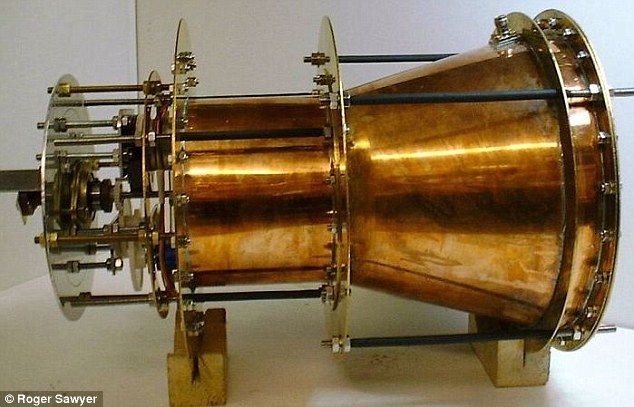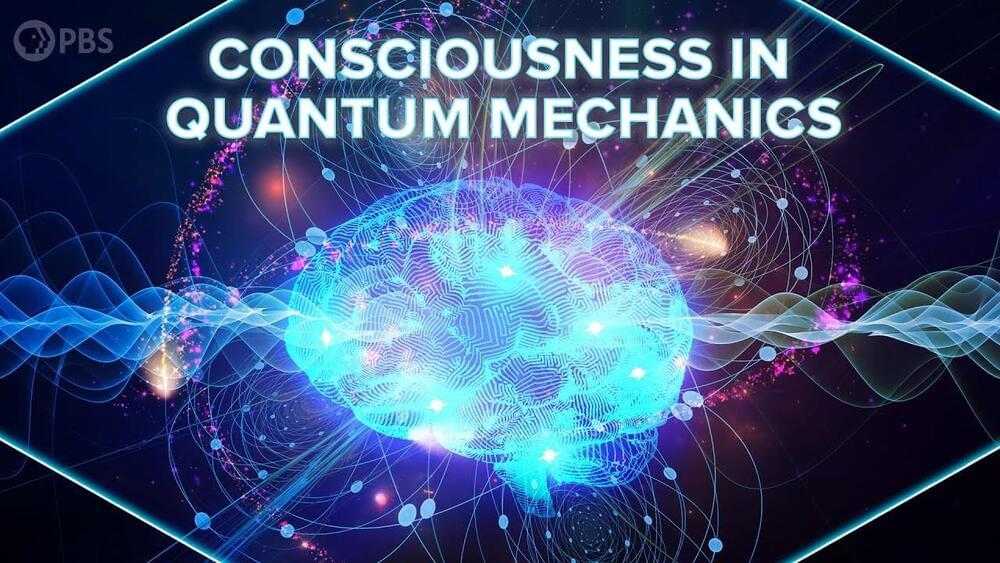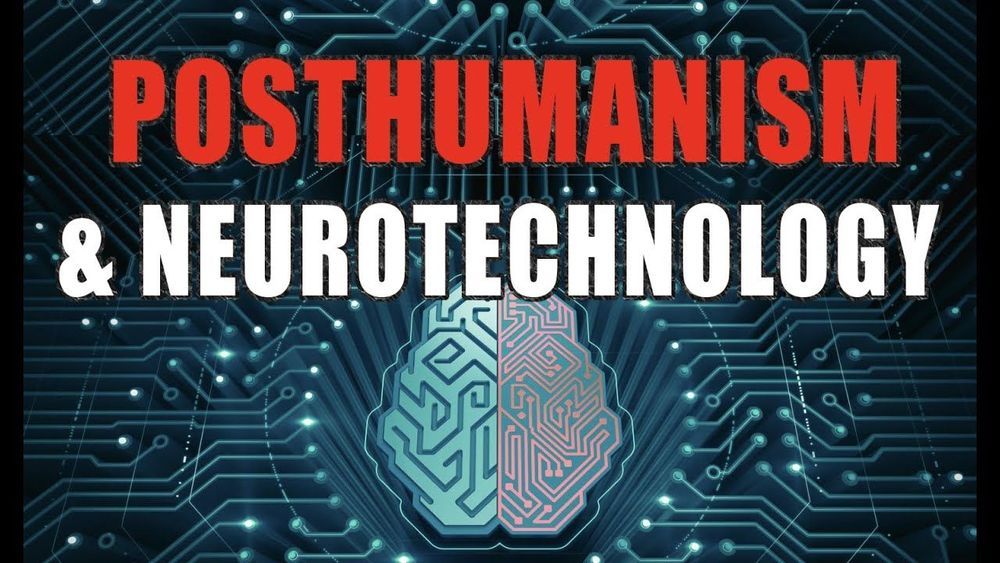May 5, 2020
NASA tested an ‘impossible’ engine
Posted by Quinn Sena in categories: quantum physics, space travel
Circa 2016
Researchers say the new ‘impossible’ drive could carry passengers and their equipment to the moon in as little as four hours.

Circa 2016
Researchers say the new ‘impossible’ drive could carry passengers and their equipment to the moon in as little as four hours.
Spinels are oxides with chemical formulas of the type AB2O4, where A is a divalent metal cation (positive ion), B is a trivalent metal cation, and O is oxygen. Spinels are valued for their beauty, which derives from the molecules’ spatial configurations, but spinels in which the trivalent cation B consists of the element chrome (Cr) are interesting for a reason that has nothing to do with aesthetics: They have magnetic properties with an abundance of potential technological applications, including gas sensors, drug carriers, data storage media, and components of telecommunications systems.
A study by Brazilian and Indian researchers investigated a peculiar kind of spinel: zinc-doped manganese chromite. Nanoparticles of this material, described by the formula Mn0.5 Zn0.5 Cr2O4 [where manganese (Mn) and zinc (Zn) compose the A-site divalent cation], were synthesized in the laboratory and characterized by calculations based on density functional theory (DFT), a method derived from quantum mechanics that is used in solid-state physics and chemistry to resolve complex crystal structures.
The material’s structural, electronic, vibrational and magnetic properties were determined by X-ray diffraction, neutron diffraction, X-ray photoelectron spectroscopy and Raman spectroscopy. A report of the study has been published in the Journal of Magnetism and Magnetic Materials with the title “Structural, electronic, vibrational and magnetic properties of Zn2+ substituted MnCr2O4 nanoparticles.”
Huawei and Alibaba among tech giants pouring money into development.
PETER GUEST, Nikkei staff writer May 05, 2020 13:05 JST.
Here’s a new chapter in the story of the miniaturisation of machines: researchers in a laboratory in Singapore have shown that a single atom can function as either an engine or a fridge. Such a device could be engineered into future computers and fuel cells to control energy flows.
“Think about how your computer or laptop has a lot of things inside it that heat up. Today you cool that with a fan that blows air. In nanomachines or quantum computers, small devices that do cooling could be something useful,” says Dario Poletti from the Singapore University of Technology and Design (SUTD).
This work gives new insight into the mechanics of such devices. The work is a collaboration involving researchers at the Centre for Quantum Technologies (CQT) and Department of Physics at the National University of Singapore (NUS), SUTD and at the University of Augsburg in Germany. The results were published in the peer-reviewed journal npj Quantum Information on 1 May.

Education Saturday with Space Time.
It’s not surprising that the profound weirdness of the quantum world has inspired some outlandish explanations – nor that these have strayed into the realm of what we might call mysticism. One particularly pervasive notion is the idea that consciousness can directly influence quantum systems – and so influence reality. Today we’re going to see where this idea comes from, and whether quantum theory really supports it.
Continue reading “Does Consciousness Influence Quantum Mechanics?” »
There’s been a lot of talk about quantum computers being able to solve far more complex problems than conventional supercomputers. The authors of a new paper say they’re on the pat h to showing an optical computer c an do so, too.
The idea of using light to carry out computing has a long pedigree, and it has gained traction in recent years with the advent of silicon photonics, which makes it possible to build optical circuits using the same underlying technology used for electronics. The technology s hows particular promise for accelerating deep learning, and is being actively pursued by Intel and a number of startups.
Now Chinese researchers have put a photonic chip t o work tackling a fiendishly complex computer science challenge called the s ubset sum problem in a paper in Science Advances. It ha s some potential applications in cryptography and resource allocation, but primarily it’s used as a benchmark to test the limits of computing.
Army researchers predict quantum computer circuits that will no longer need extremely cold temperatures to function could become a reality after about a decade.
For years, solid-state quantum technology that operates at room temperature seemed remote. While the application of transparent crystals with optical nonlinearities had emerged as the most likely route to this milestone, the plausibility of such a system always remained in question.
Now, Army scientists have officially confirmed the validity of this approach. Dr. Kurt Jacobs, of the U.S. Army Combat Capabilities Development Command’s Army Research Laboratory, working alongside Dr. Mikkel Heuck and Prof. Dirk Englund, of the Massachusetts Institute of Technology, became the first to demonstrate the feasibility of a quantum logic gate comprised of photonic circuits and optical crystals.

TABLE OF CONTENTS —————
:00–15:11 : Introduction
:11–36:12 CHAPTER 1: POSTHUMANISM
a. Neurotechnology b. Neurophilosophy c. Teilhard de Chardin and the Noosphere.
—————————————————————————————–
POSTHUMAN TECHNOLOGY
—————————————————————————————–
Researchers at Stanford University have recently carried out an in-depth study of nematic transitions in iron pnictide superconductors. Their paper, published in Nature Physics, presents new imaging data of these transitions collected using a microscope they invented, dubbed the scanning quantum cryogenic atom microscope (SQCRAMscope).
“We invented a new type of scanning probe microscope a few years ago,” Benjamin L. Lev, the researcher who led the study, told Phys.org. “One can think of it like a normal optical microscope, but instead of the lens focused on some sample slide, the focus is on a quantum gas of atoms that are levitated near the sample.”
In the new microscope invented by Lev and his colleagues, atoms are levitated from an ‘atom chip’ trapping device using magnetic fields, until they are merely a micron above the sample slide. These atoms can transduce the magnetic fields that emanate from the sample into the light collected by the microscope’s lens. As a result, SQCRAMscope can be used to image magnetic fields.

Quantum computing could help companies without billion-dollar budgets design superbatteries, create complex chemicals and understand the universe.
